Marielle
Well-Known Member
I have no fixed idea how we should differentiate the two major dwarven settlements in Season 3 from each other, much less from Khazad-dum and the other dwarven places we'll have later, but I do have some ideas for inspiration.
Mostly, I absolutely adore the Weta work on set design from the PJ films, but they focused -- it seems -- so much on grandeur and imposing with the dwarrow sites that delicate, beautiful detail is apparently absent -- unnoticed, at least, if it actually exists.
I don't think all dwarven halls are as vastly oversized as they are in the films and LotRO. Most, after the dwarves encounter men and elves, are probably big enough for merchants, ambassadors, and other visitors to fit in the public spaces, but not necessarily larger than that. I was thinking about the scale of the Wieliczka Salt Mine in Poland, which is amazing. But I -- a five foot naught woman -- didn't feel completely undersized and uncomfortable in it. Some of the chambers are bigger and more impressive, but even there it's "I'm in a cathedral" impressive, not "I'm in the hall of the titans", which is why the scale in the films seems so off to me. I can't imagine the dwarves choosing to feel small in their own homes.

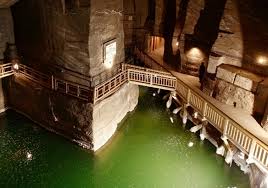
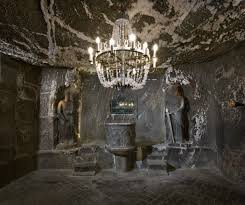
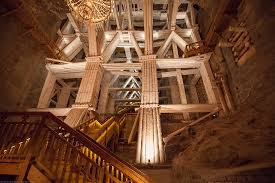
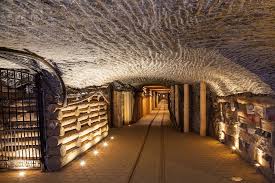
For more detailed work, I suggest Islamic geometric patterns for inspiration. I can easily see the dwarves being as enamored with the beauty of geometry as the Greeks were, and it's beautiful even if you aren't a maths person.


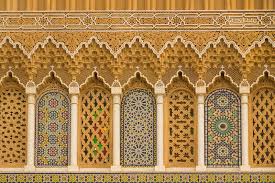

A common thread, you might note, between these two ideas is the desire to play with light and lighting a lot more than the films did, too. Craftsmen need light to see by, after all, and even the various dwarf songs were hear suggest they have lighting -- of various hue, not just forge-red -- in their halls.
Mostly, I absolutely adore the Weta work on set design from the PJ films, but they focused -- it seems -- so much on grandeur and imposing with the dwarrow sites that delicate, beautiful detail is apparently absent -- unnoticed, at least, if it actually exists.
I don't think all dwarven halls are as vastly oversized as they are in the films and LotRO. Most, after the dwarves encounter men and elves, are probably big enough for merchants, ambassadors, and other visitors to fit in the public spaces, but not necessarily larger than that. I was thinking about the scale of the Wieliczka Salt Mine in Poland, which is amazing. But I -- a five foot naught woman -- didn't feel completely undersized and uncomfortable in it. Some of the chambers are bigger and more impressive, but even there it's "I'm in a cathedral" impressive, not "I'm in the hall of the titans", which is why the scale in the films seems so off to me. I can't imagine the dwarves choosing to feel small in their own homes.

For more detailed work, I suggest Islamic geometric patterns for inspiration. I can easily see the dwarves being as enamored with the beauty of geometry as the Greeks were, and it's beautiful even if you aren't a maths person.


A common thread, you might note, between these two ideas is the desire to play with light and lighting a lot more than the films did, too. Craftsmen need light to see by, after all, and even the various dwarf songs were hear suggest they have lighting -- of various hue, not just forge-red -- in their halls.













